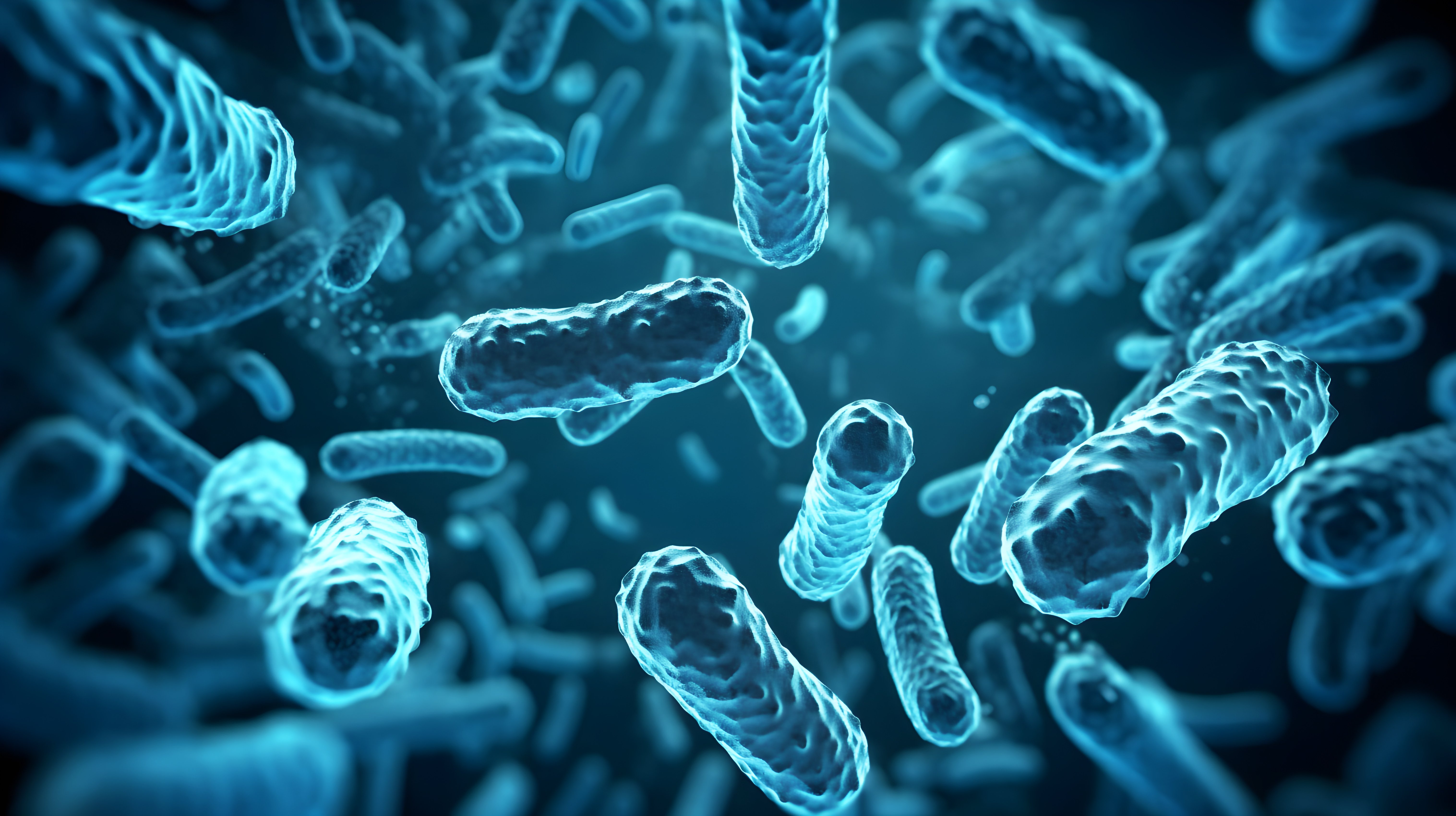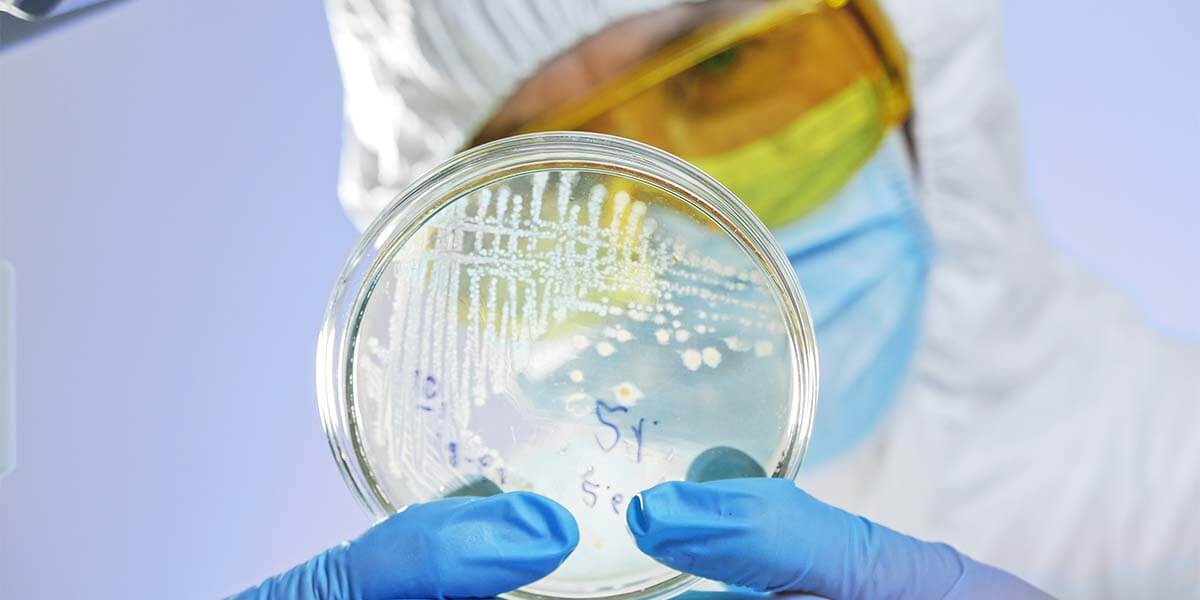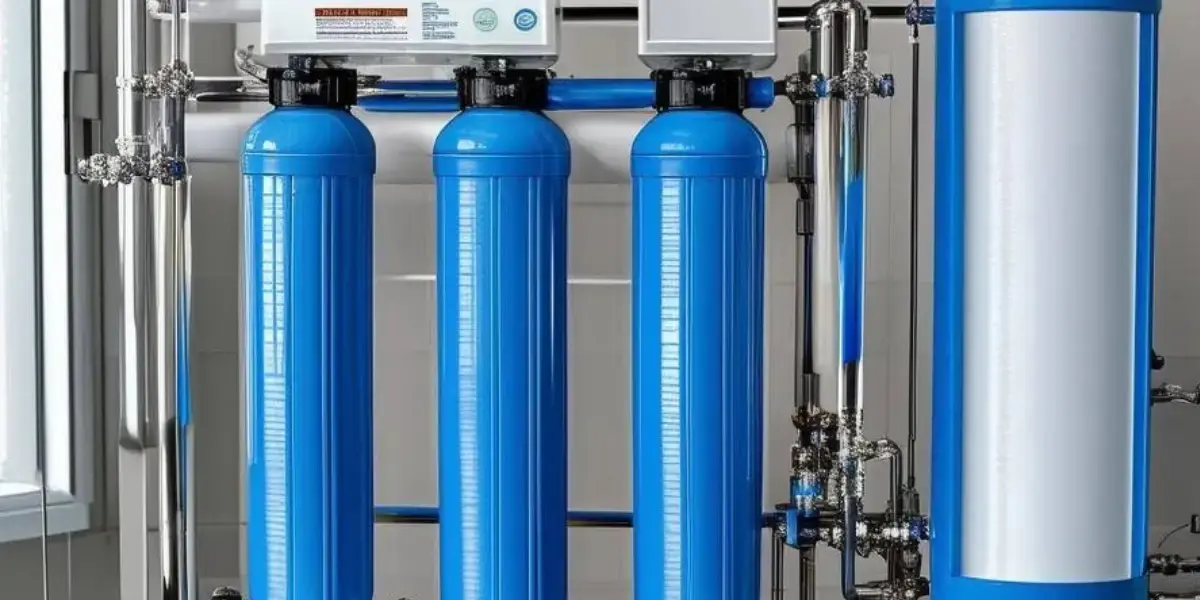Legionella control; how to safely reopen your building after COVID-19
Buildings or areas within buildings that have been little used over the last 12 months are likely to need additional legionella control measures to ensure they are safe for the post-Covid return to work.
As the Chartered Institute of Environmental Health say in their published guidance:
“Under health and safety law, employers, business owners and landlords must manage the risks of exposure to Legionella bacteria... This is true at all times but especially where buildings are closed, subject to low use or reopening.”
Why has lockdown been such a risk?
Legionella bacteria multiply in water systems where temperatures are between 20-45°C and nutrients are available. The recent periods during which water systems have gone unused (coinciding with elevated outdoor temperatures or close running heating pipes) may have created the ideal warm and stagnating conditions where the bacteria can thrive. In addition we have seen areas being taken out of service to promote social distancing which may have the unintended consequences of providing an area for bacteria, including Legionella to grow.
As buildings and areas begin to open back up and social distancing is relaxed, the risk of these pathogens being released into the environment increases. Contaminated aerosols could be circulated by showers and possibly cooling units being switched on again as the load increases on the building after a period of disuse.
Similarly, aerosols might be released by taps and showers where there has been a build-up of scale restricting water flow. It should also be noted that people using water systems who have had Covid may be particularly vulnerable to, and at risk from, Legionnaire’s disease. There are, therefore, many compelling reasons why ensuring the safety of water systems post lockdown should be a priority.
Who is affected and what do they need to do?
The potential for legionella growth is greater in large and ageing systems but:
“All hot and cold water systems need to be considered, including those at retail outlets; hairdressers; beauty salons; offices; hotels; gyms; sports clubs; golf clubs; hotels; pubs; clubs; restaurants; campsites; volunteer-run premises.”
All of these service providers should consider the advice in the CIEH guidelines and in the various sources listed in this blog post.
Separate guidance is available for specialist water systems such as swimming pools and spa pools. These should already be subject to more detailed arrangements and control measures. Owners and operators are advised to seek advice from a competent water treatment consultant.
Ensuring a clean system is vital before welcoming workers and customers back to your buildings.
Flushing both hot and cold water systems may be identified in your return to work plan or your risk assessment to protect returning building users from the risk of exposure to legionella after periods of disuse.
The process entails:
- Identifying all taps/showers/water outlets within a building that have gone unused for longer than 7 days and running water continuously through them at required temperatures for an extended period at least until the temperature at the outlet matches the temperature of the source water
- Flushing should be carried out in a safe manner that minimises aerosol production or mitigates risk of inhalation:
- Starting slowly to minimise spray
- Using tubes to run off water directly into drains
- Supervising staff wearing PPE
- Keeping the temperature of hot water systems to above 60°C and drawing it through to all hot water outlets (a constant hot water temperature of 60°C+ will be enough to kill the Legionella bacteria)
- The water should be purged long enough for circulating or freshwater to be drawn from the outlet - indicating that all stagnant water has been expelled.
But flushing may not be enough
However, as we noted in this blog post last year, Public Health England (PHE) have stated that flushing may not be enough to purge systems of potentially dangerous pathogens following the extended periods of disuse seen in the last year:
“Our evidence shows that flushing buildings during periods of inactivity alone may not resolve potential water quality issues. While it could serve to reduce Legionella bacteria, overall microbiological control is likely to be compromised.”
In the first instance, therefore, bodies including the CIEH are recommending that every business concerned about their ability to control the presence of the bacteria in their systems should formulate a bespoke plan to eliminate it and mitigate against its return.
“It would be sensible to formulate a recommissioning plan for each water system to allow safe start-up and assurance to users that it is safe… Any plan for recommissioning buildings must take into account the safety of the operatives carrying out the work.”
This plan might include:
Undertaking a chemical or thermal disinfection of the water system
This is a highly effective way of ensuring that systems are not harbouring any unwanted bacteria. But system disinfections take significant time and are typically undertaken with chlorine at harmful levels, so you must make sure that these activities are carried out by experts. Right now their services may be in high demand so you are advised to contact service providers as soon as possible if disinfection is required.
Microbiological sampling for legionella bacteria
Once you have carried out your treatment plan, it is advised that you test your system to determine the degree of risk any water system currently poses and show whether any steps you’ve taken have been effective. Testing like this involves taking a sample of water and sending it to an appropriate laboratory for analysis. Sampling should be undertaken 48 hours after any flushing and disinfection and may need to be carried out again a few weeks later to ensure that effective controls are being maintained.
Prior to reopening you should be confident that each system is delivering water at the right temperature from each outlet.
No two water systems are identical so each plan will need to be different. But undertaking a systematic review of this kind will alert you to any underlying issues that have previously not been obvious.

Written by Jon Greaves
Jon has progressively worked through operational roles, account management, technical management, and senior management roles over the last 16 years within one of the group companies before moving into the role of Water and Air Managing Director. Jon has experience across multiple sectors of water and air compliance, including district energy networks; data centres; healthcare; food and beverage and facilities management. Jon acted as a corresponding steering committee member on CIBSE CP1 – Heat Networks Code of Practice for the UK released in 2020.





